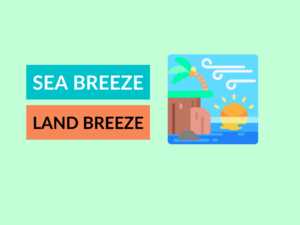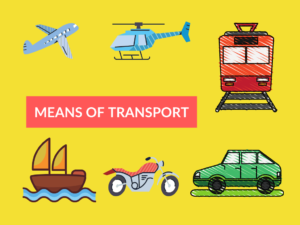The Difference Between Ocean and Sea
Introduction: Oceans and seas are vast bodies of water that cover a significant portion of our planet. While they may appear similar at first glance, there are distinct differences between the two. In this article, we will explore what defines an ocean and a sea, their respective examples, and their uses. Additionally, we will present a detailed comparison table highlighting ten key differences between oceans and seas.
What is/are Ocean?
An ocean is a large and continuous body of salt water that covers more than 70% (3/4th) of the Earth’s surface. These immense bodies of water are primarily divided into five major oceans:
- Atlantic Ocean
- Indian Ocean
- Pacific Ocean
- Southern Ocean
- Arctic Ocean
Uses of Ocean
Oceans play a vital role in the Earth’s ecosystem, influencing weather patterns, regulating temperature, and serving as a habitat for numerous marine species. They are also important for transportation, recreation, and provide a valuable source of food and resources.
What is/are Sea?
A sea is a partially enclosed body of saltwater that is smaller and shallower than an ocean. Seas are usually located where the land and ocean meet, often bordered by landmasses or islands. Here are a few examples of seas across the globe:
- Mediterranean Sea
- Caribbean Sea
- Red Sea
- Arabian Sea
- South China Sea
Uses of Sea
Seas serve various purposes, including commercial and recreational activities such as fishing, transportation, tourism, and the extraction of resources like oil and gas. They also support diverse ecosystems and provide essential habitats for marine life.
Differences Table
| Difference Area | Ocean | Sea |
|---|---|---|
| Size | Oceans are significantly larger than seas. | Seas are smaller and shallower than oceans. |
| Connectivity | Oceans are connected to other oceans. | Seas are usually partially enclosed by land. |
| Depth | Oceans are generally deeper than seas. | Seas are comparatively shallower. |
| Biodiversity | Oceans encompass a greater variety of marine life. | Seas may have relatively less diversity. |
| Salinity | Oceans have higher salinity levels. | Seas may have lower salinity levels. |
| Location | Oceans are spread across the globe. | Seas are usually found near landmasses. |
| Naming | Oceans have specific names (e.g., Atlantic Ocean). | Seas often have generic names (e.g., Arabian Sea). |
| Wave Intensity | Oceans generally experience higher wave intensity. | Seas typically have calmer waves. |
| Navigation | Oceans serve as major global shipping routes. | Seas play a significant role in regional transportation. |
| Ecological Role | Oceans are crucial for global climate regulation. | Seas contribute to local and regional ecosystems. |
Conclusion
In summary, oceans and seas are both vital components of the Earth’s water bodies. Oceans, being larger and deeper, have a more extensive ecological role and global impact, while seas provide significant regional value and contribute to local ecosystems. Understanding the distinctions between ocean and sea enables us to appreciate their unique characteristics and the diverse benefits they offer.
People Also Ask
- What is the largest ocean on Earth?
The Pacific Ocean is the largest ocean on our planet. - Can seas be larger than oceans?
No, seas are generally smaller than oceans in terms of size and depth. - Are there freshwater oceans?
No, all major oceans are saltwater bodies. - Can seas exist without oceans?
No, seas are typically partially enclosed by land and are connected to the oceans. - What causes tidal waves?
Tidal waves, or tsunamis, are mainly caused by seismic activities such as earthquakes under the ocean floor.



